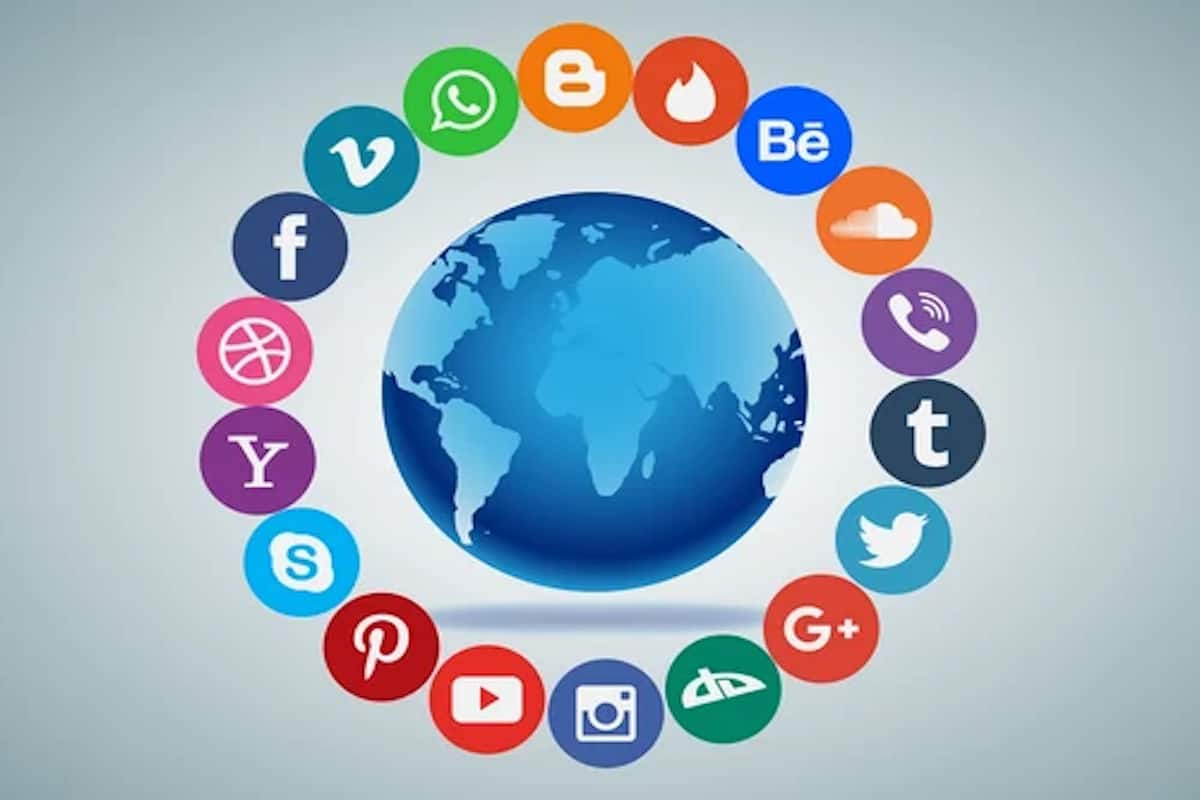In today’s interconnected world, social media has become an integral part of our daily lives. As businesses strive to engage with their audiences and expand their online presence, integrating social media into web design has emerged as a powerful strategy. This blog explores the impact of social media integration in web design, highlighting how it enhances user engagement, extends reach, and amplifies brand visibility.
Seamless Sharing and User Engagement:
By integrating social media buttons, widgets, and sharing functionalities into web design, businesses empower users to easily share website content with their social networks. This seamless sharing experience promotes user engagement and expands the reach of the website’s content. Visitors can share interesting articles, products, or services with their friends and followers, driving more traffic back to the website and increasing overall user engagement.
Enhanced Brand Visibility:
Social media integration allows businesses to showcase their social media profiles directly on their website, enabling visitors to connect and engage with their brand on various platforms. By prominently displaying social media icons and links, businesses can drive traffic to their social media pages, encouraging users to follow, like, and share their content. This integration expands brand visibility, strengthens brand recognition, and fosters a sense of community around the brand.
Real-Time Social Feeds:
Integrating real-time social media feeds into web design enables businesses to display their latest social media posts directly on their website. This dynamic feature provides visitors with up-to-date information and encourages them to explore the brand’s social media presence further. Real-time social feeds create a sense of authenticity, showcasing the brand’s active engagement with its audience and reinforcing its credibility.
User-Generated Content and Testimonials:
Social media integration allows businesses to leverage user-generated content and testimonials effectively. By incorporating social media feeds that display user-generated posts, reviews, and testimonials on the website, businesses can demonstrate social proof and build trust with potential customers. This integration showcases authentic experiences and endorsements, positively influencing visitors’ perception of the brand and its offerings.
Social Login and Seamless Registration:
Social media integration can streamline the user registration and login processes on websites. By providing the option for users to log in or register using their social media accounts, businesses can simplify the onboarding experience and eliminate the need for lengthy forms. This convenience encourages more users to engage with the website, increasing user retention and reducing friction in the conversion process.
Social Sharing Analytics and Insights:
Integrating social media analytics tools into web design allows businesses to gain valuable insights into their social media performance. By tracking social sharing metrics, businesses can identify which content resonates most with their audience, understand user behavior, and refine their social media strategies accordingly. These insights enable businesses to optimize their social media efforts and drive more targeted traffic to their website.
 Conclusion:
Conclusion:
The integration of social media into web design has revolutionized the way businesses engage with their audience and expand their online reach. By seamlessly incorporating social media buttons, feeds, and sharing functionalities, businesses can enhance user engagement, amplify brand visibility, and leverage the power of user-generated content. Social media integration empowers businesses to create a holistic online presence that bridges their website and social media platforms, fostering stronger connections and driving meaningful interactions with their target audience.

